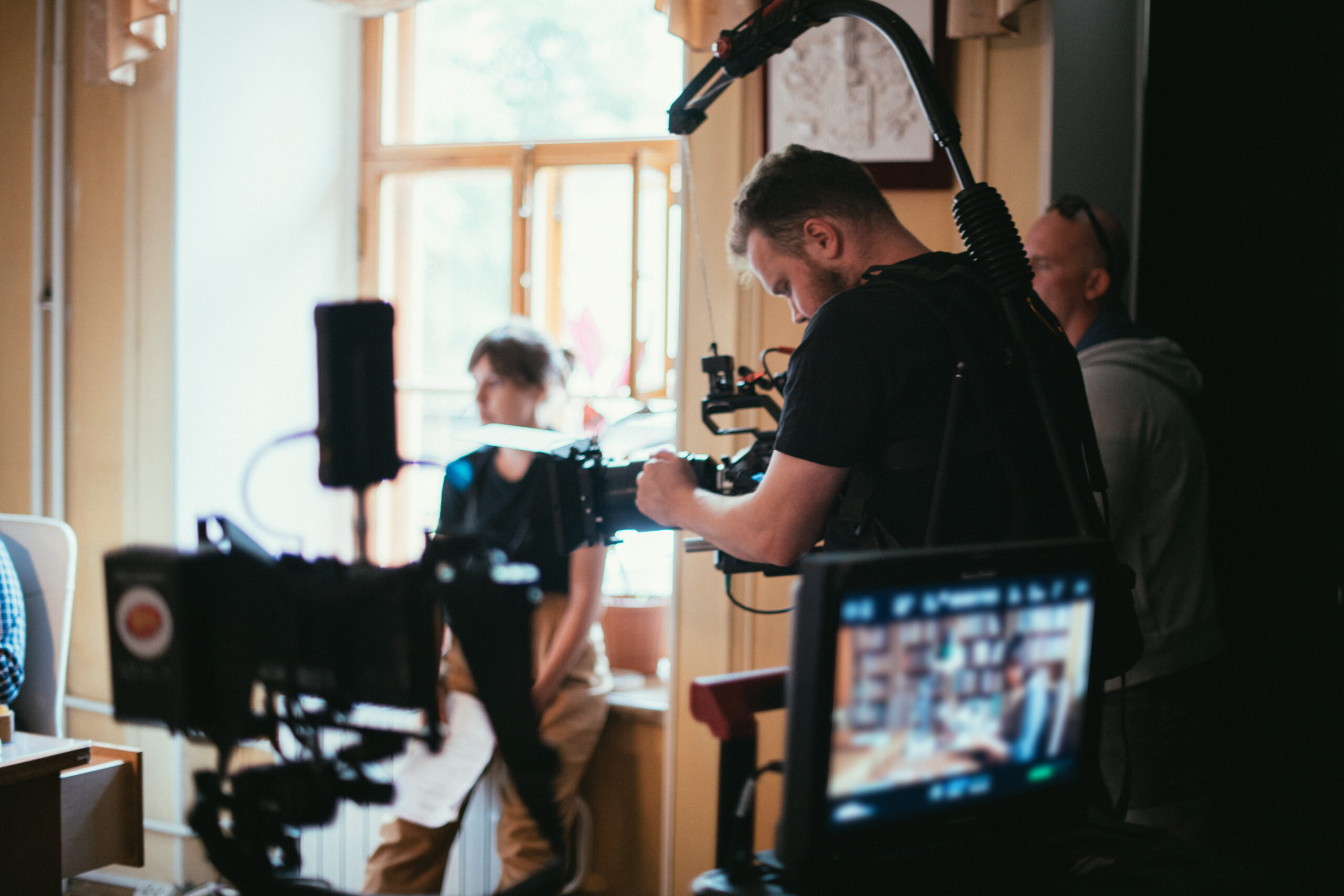Royalty, Hollywood stars, grid girls, CEOs of multinational companies and an army of PR people. Not to mention a few fast cars and motor racing legend Emerson Fittipaldi. Formula E succeeded this weekend in bringing the glamour of a global motor sport series to the streets of London, in the final race of the innovative electric motor racing championship’s inaugural season.
An intrepid team of Pitch staff have travelled the world over the past 8 months activating Virgin’s team sponsorship, which culminated in a thrilling final lap victory for Virgin’s British driver Sam Bird on Sunday afternoon in front of 50,000 local fans, including Sir Richard Branson and will.i.am.
It’s a been a great project for the agency to be involved with, and it was a privilege to be there on Sunday to witness the Formula E action for the first time. And after a fairly successful first year, Formula E looks like it’s here to stay.
It’s certainly beginning to succeed in attracting the attention of high profile sponsors. Visa were the title sponsor of the London event. On Saturday, we announced DS’s title sponsorship of the Virgin Racing Team for next season, making them the fourth major car manufacturer to get involved in the series.
More cities are keen to be involved. This inaugural series started in October last year in Beijing, and went to 9 cities, including the likes of Buenos Aires, Berlin and Miami. And next season Paris is rumoured to be in. On Sunday I could see why. One day events bringing environmentally friendly motor racing to the heart of a city, with fan parks, DJ’s and family areas, provides a fan experience unlike anything else in motorsport. It might create some local opposition due to disruption and road closures, as was the case in London, but Formula E has a five year deal with Wandsworth Council for Battersea Park, meaning London is a cert for the time being. And in the long term the ambition has to be to take the race to central London with the grid on The Mall. You’d think Boris would be all over that, if not the Queen.
Importantly the TV companies are increasingly interested. ITV broadcast Sunday’s main race on ITV 1, and got some decent ratings with a cumulative audience of more than a million viewers. It would be a surprise if they didn’t continue to support Formula E. Especially considering one of their biggest shareholders is Liberty Media, who also happened to invest in a significant minority stake in Formula E in March.
There’s no doubt there’s some serious work for Alejandro Agag, the popular founder of Formula E, and his team to do moving forwards. The quality of some of the circuits, and the overall marketing of the series can improve. Not enough people know about it yet. And it seems strange when the positioning of the series is ‘Drive the Future’ that some of the most exciting action on the track is seeing the drivers change cars mid-race, because they only have enough battery life in each car to last half a race. If Formula E is intended to be a global marketing platform to spearhead the growth of electric cars, if anything it just highlights the biggest barrier they have to overcome before electric vehicles become mainstream – range.
But there’s a unique narrative behind the series – sustainability – that gives Formula E a higher purpose, which most sports properties would kill for. Aside from the entertainment, the purpose of Formula E is to develop the technology for the cars of the future. Range might be an issue today, but Formula E is going to be the lab where electric cars are developed and lessons are learned as to how to maximise battery life and efficiency.
Plus there’s been some good attempts by Formula E to engage younger audiences who have largely been turned off by Formula One. The innovative idea ‘Fan Boost’, for example, is a unique concept to any sporting contest where an online voting system enables fans to choose their favourite driver to receive extra power in the race.
A bit like with Waitrose’s Green Tokens, you decide who gets what. Fan Boost created some negativity from the motor sports press, but at the end of the series, it didn’t actually make a difference to a driver’s race result. Which means it probably needs to push the boundaries more for it to really take hold as a concept that can truly engage fans.
But all in all, there’s plenty of positives. It’s only three years since Formula E was first conceived, and you have to give Agag and his team massive credit for delivering a successful first season in such a short period of time. With investors, broadcasters, sponsors, and host cities keen to be part of the electric revolution, who knows how far Formula E can travel?






